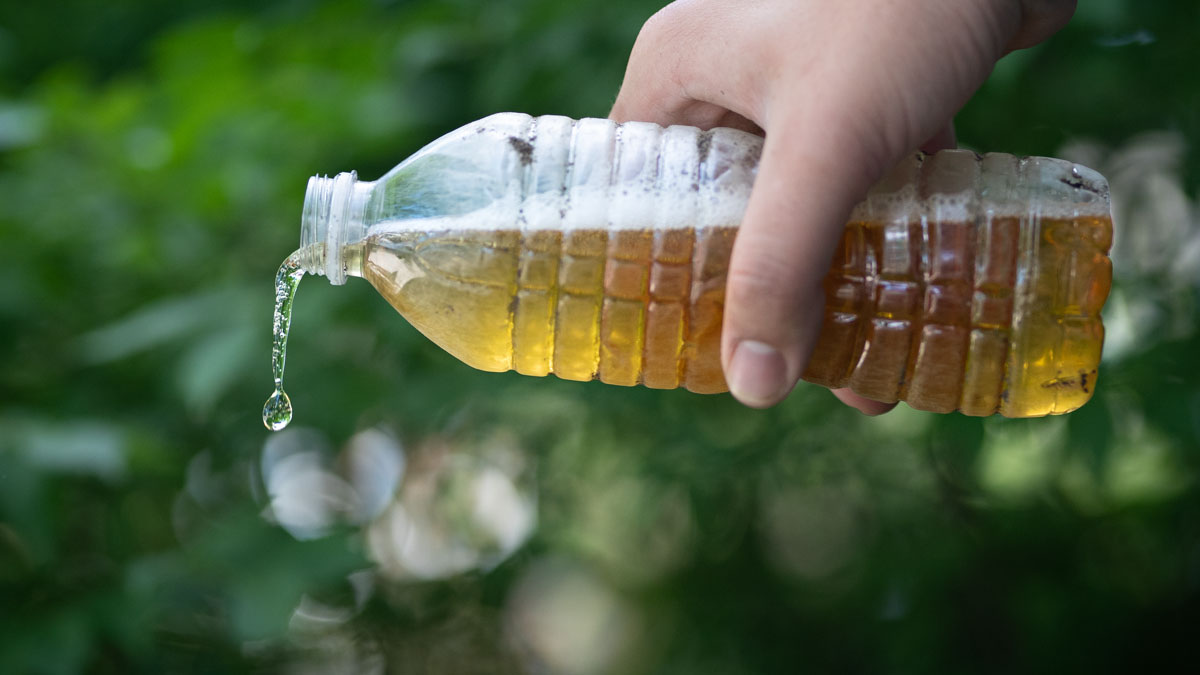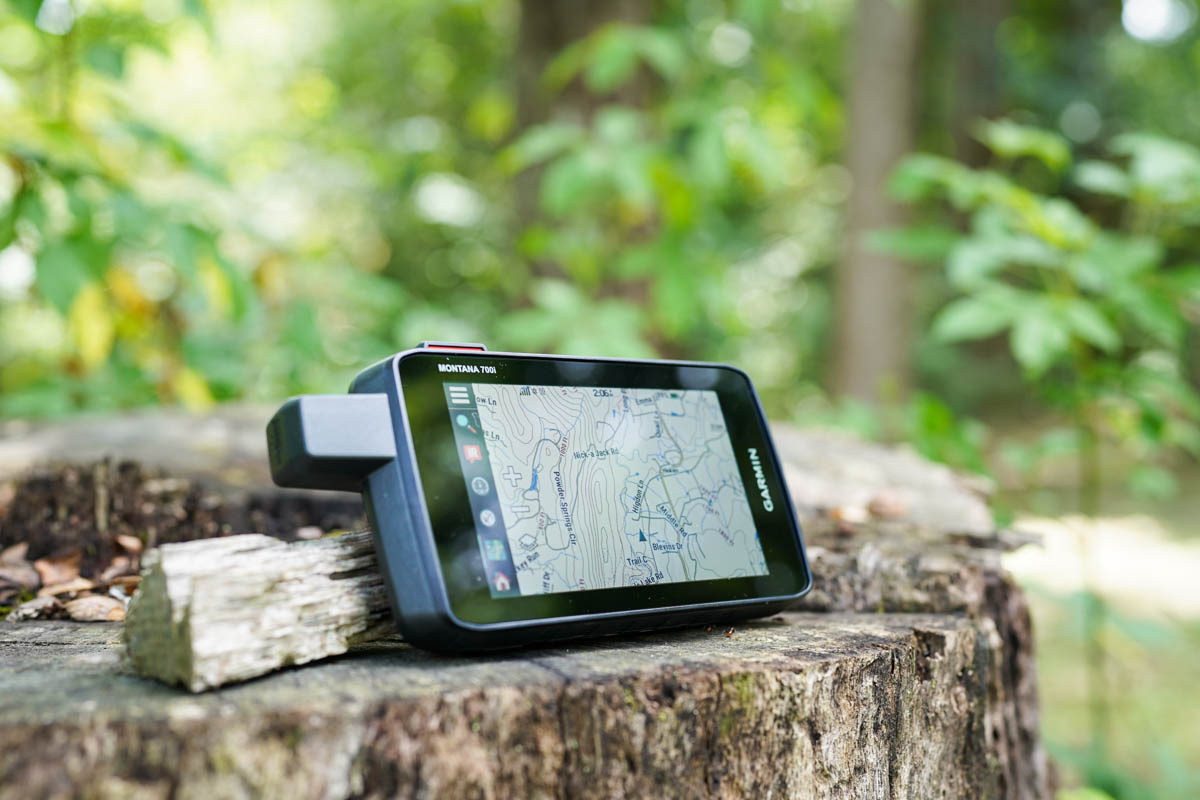When it comes to surviving in the wild, the internet and TV shows are filled with all kinds of survival tips. But not all of these tips are trustworthy, and some can actually put you in more danger! In this blog, we’ll debunk some popular survival myths that can be risky, so you know what not to do when faced with the wilderness.
1. Myth: Drinking Your Own Urine Keeps You Hydrated

One of the most common survival myths is that you can drink your own urine to stay hydrated. While it might sound logical because urine is a liquid, it’s actually a terrible idea. Urine contains waste and salts that dehydrate your body even further. Drinking it will only speed up dehydration, making your situation worse.
What to do instead: Look for natural water sources like streams, rivers, or dew. If you find any water, purify it by boiling or using a filtration system.
2. Myth: Moss Always Grows on the North Side of Trees

You might have heard that moss only grows on the north side of trees, and that it can help you navigate through the wilderness. However, moss grows wherever the conditions are moist and shaded, not just on the north side. In some cases, it can grow all around the tree, making this an unreliable navigation tool.
What to do instead: Carry a compass or learn to use the position of the sun and stars for navigation. Don’t rely on moss to guide you.
3. Myth: Rubbing Two Sticks Together is a Quick Way to Start a Fire

Starting a fire by rubbing two sticks together might work—eventually—but it’s far from quick or easy, especially for someone inexperienced. It takes a lot of practice, effort, and the right materials to get a fire going this way. If you rely on this method in a life-threatening situation, you might run out of energy before you see a single spark.
What to do instead: Always carry a lighter, waterproof matches, or a firestarter kit when heading into the wild. It’s much faster, more reliable, and can save your life in an emergency.
4. Myth: If an Animal Eats Something, It’s Safe for You to Eat

Just because an animal can eat certain plants or berries, it doesn’t mean they’re safe for humans. Animals have different digestive systems and can process toxic substances that would be harmful—or even deadly—to us. Some mushrooms, for example, can be fatal to humans but pose no problem to animals.
What to do instead: Learn to identify edible plants before heading into the wild, and avoid anything you’re unsure of. When in doubt, don’t risk it.
5. Myth: Playing Dead Will Protect You From a Bear Attack

This is a classic survival myth that has been widely circulated. The truth is, playing dead may work in some bear encounters, but it’s far from a catch-all solution. For instance, if a black bear attacks, playing dead can make you more vulnerable, as these bears can become more aggressive.
What to do instead: For black bears, make yourself look bigger, make noise, and try to scare the bear off. For grizzly bears, however, playing dead can sometimes help, especially if the bear is acting defensively. The key is to know what type of bear you’re dealing with and react accordingly.
6. Myth: Suck the Venom Out of a Snake Bite

Many survival movies have shown people sucking the venom out of a snake bite to save their life, but this is not only ineffective, it’s dangerous. Doing so can cause more harm by spreading the venom faster into the bloodstream or causing infection.
What to do instead: Remain calm and keep the affected limb immobilized. Call for emergency help as soon as possible and avoid moving around too much, as this will slow the spread of venom. Most importantly, get to a hospital for antivenom treatment.
7. Myth: You Can Outrun a Wild Animal

You might think that in a dangerous situation, running as fast as you can is the best way to escape an animal attack. However, most wild animals like bears, wolves, or big cats can easily outrun humans. Running can also trigger their chase instincts, making the situation even more dangerous.
What to do instead: Stand your ground, make yourself look bigger, and slowly back away without turning your back. If the animal charges, be prepared to defend yourself with any available tools or find shelter.
8. Myth: Eating Snow Is a Good Way to Stay Hydrated

It might seem logical to eat snow to quench your thirst if you’re lost in a snowy environment, but this is another survival myth. Eating snow lowers your core body temperature and can speed up hypothermia. It also doesn’t provide much water since it’s mostly air.
What to do instead: Melt the snow first and then drink the water. This will prevent hypothermia and provide more hydration.
9. Myth: You Can Rely on Your Phone’s GPS for Navigation

Many people believe they can rely on their phone’s GPS to navigate in the wilderness, but phones are prone to losing signal or running out of battery when you need them the most. Depending solely on technology in remote areas can leave you stranded.
What to do instead: Always carry a map and compass as backup, and learn how to navigate the old-fashioned way. In the wild, it’s better to have multiple navigation tools at your disposal.
Final Thoughts
Surviving in the wild is all about being prepared and knowing what strategies to avoid. Many common survival “tactics” are actually myths that could put you in more danger. Instead, rely on tried-and-true survival techniques and carry essential gear like fire starters, compasses, and first aid kits.
Next time you head out into the wilderness, keep these debunked myths in mind—and stay safe out there!